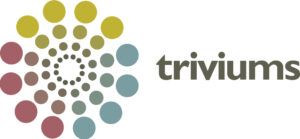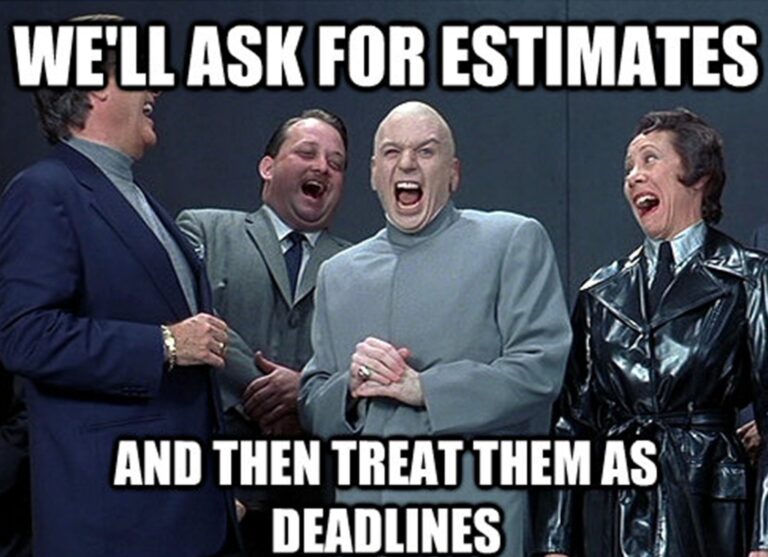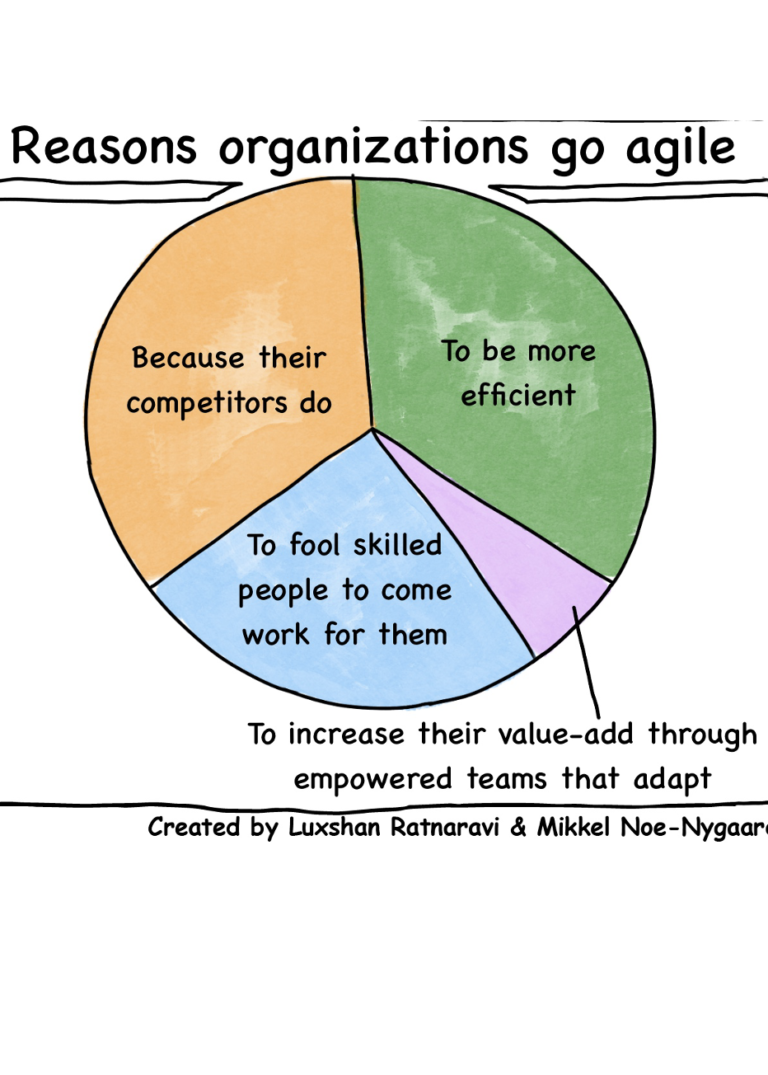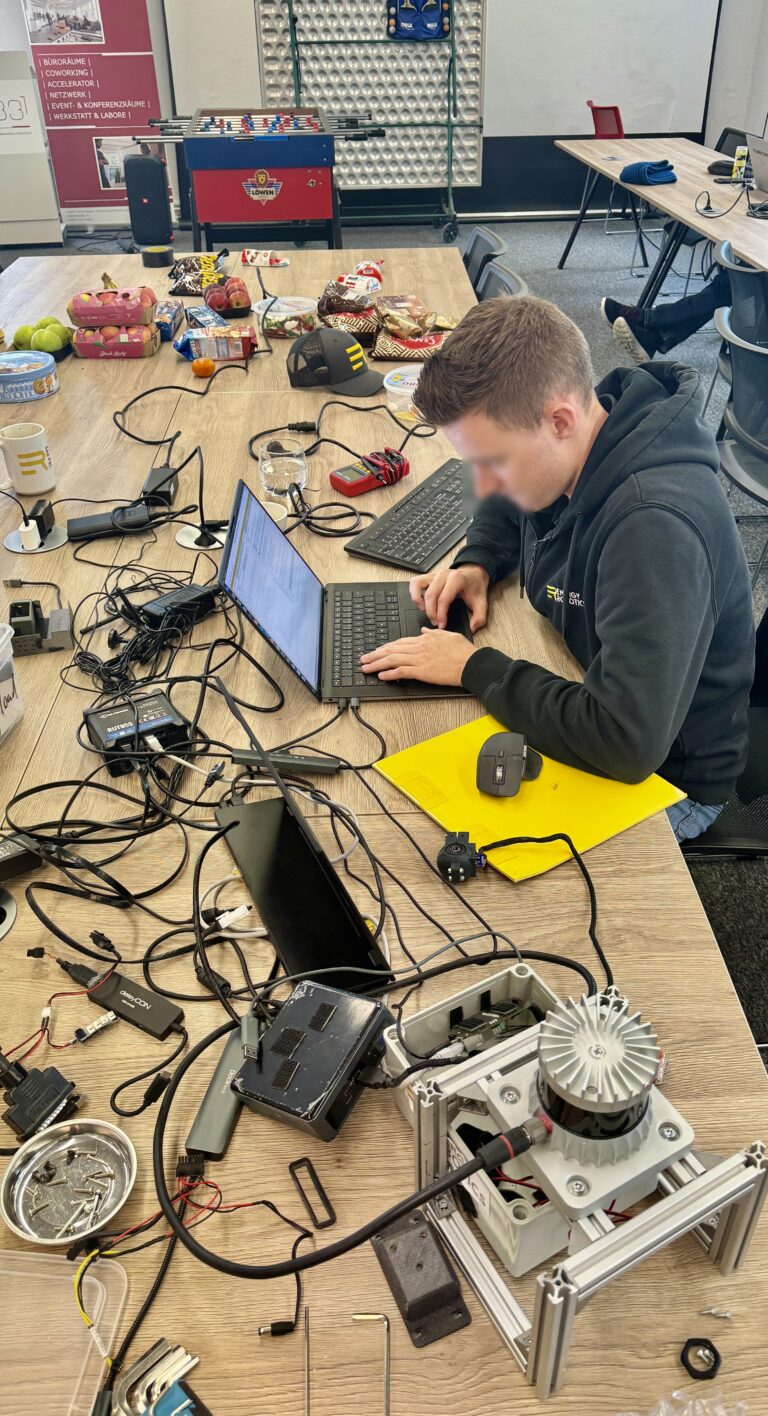Organisational Design Practices
Organisational Design Practices
Implementing Organisational Design Principles: Putting Theory into Practice
Any successful business at some point of its growth path has had to figure out its organisational design. Because of the quickly shifting market conditions — organisational design is converting from a static, one-off exercise — to a regular, continuous effort. Organisational design is not just drawing up org charts and writing up processes, it is about constantly readjusting the blueprint that turns an organisation’s vision into reality. In this post I introduce the most important organisational design components and offer some insights into how modern businesses can put the organisational design theory into practice.
Organisational structure
Outlining the structural units and reporting lines clearly is the first step in defining the organisational structure. However, the traditional organisational structures often feel very hierarchical and do not represent the bodies and forums where the actual discussions and decision-making take place. In today’s business, cross-team collaboration at the employee level is expected; goal-oriented groups can be established ad-hoc composed of staff members from seemingly unrelated organisational structures and from different levels in the organisation. For an organisational structure to become a dynamic and informative tool — it has to include information not only on the formal reporting lines but also on how the business operates. Decision-making bodies, collaboration groups, and discussion forums — all have to be recognised and legitimised by representing them in the organisational chart. Only then the chart will be informative enough to gauge how the organisation is actually structured, and how it operates.
Processes
If you ask teams — processes are often just “the way we do things here”. Unfortunately, this “way” often involves bottlenecks, redundant steps, and locations where efficiency can be improved. Organisation design involves a conscious effort to improve these processes. Work together with teams or stakeholders to map out current workflows and pinpoint problem areas. Symptoms of inefficient processes include “blocked” tasks, long waiting times, getting stuck, complaints about not having enough work or having too much work to do, and questions about where to find information or people. Process mapping tools and process optimisation techniques, such as Lean or Six Sigma, may be useful in improving the process efficiency.
Roles and Responsibilities
Usually the roles and responsibilities are defined for each employee (e.g. job descriptions). However, in a more cross-functional work mode — where team members collaborate to achieve a common goal — it is expected that team members help each other, learn from each other and cover the weak spots in the team’s workflow. Employees ideally are T-shaped with one core competency and at least two side competencies that are useful for covering other colleagues. Essentially, nobody wants too strict definition of roles and responsibilities to limit the velocity of the team. Thus, it is important to establish incentives in the team to collaborate more. For example, setting limitations on how much work can be done at any moment of time prohibits starting new tasks before existing (in-progress) work is done; such limitation incentivises cooperation over individualism — employees without any in-progress tasks are encouraged to help other colleagues, collaborate, assist, co-create, shadow, learn — instead of just picking up the next task. Another practice is to review the open tasks and proximity of the team’s goal on a daily basis — to discuss if somebody needs any help so that the team can move closer to the goal together — as a team.
Communication & Information Flow
Effective internal communication requires establishing tools and channels that facilitates organisation’s information flow, including routine updates, meetings, and feedback. First, guidelines that define principles and practices for internal communication should be established. Guidelines may, for example, promote open communication, open-door policies, and. transparency. But they also should clarify when, for instance, chat message should be used instead of email.
Communication guidelines have to be matched with relevant platforms and tools for collaboration. Those are not just video calling and chat tools — the approach to recording and storing information and documentation in the company plays equally important role because it constitutes the knowledge base available asynchronously to all employees.
Technology and Tools
Technology integration into organisational architecture demands careful implementation and choice. Make sure that technology supports corporate objectives and offers resources that improve productivity and efficiency. Regularly test new solutions that can improve productivity and educate staff members on new tools and offer continuing assistance. Continually assess the efficacy of technological solutions. Just because one messaging platform was popular 10 years ago does not make it the best tool in market today.
Developing and managing people
While largely a responsibility of the HR and management, techniques for recruiting, training, and retention are important considerations in the organisational design. Some companies devise talent management strategy that is in line with the organisation’s expansion and skill needs. Significant role in the people development plays a thorough onboarding process for the new employees. However, initiatives for ongoing education and growth shouldn’t be forgotten. Company has to implement comprehensive talent retention methods by offering possibilities for professional progression and recognising star employees.
Values and Culture
Both top-down and bottom-up actions are required to shape organisational culture. Desired values should be demonstrated by leadership, and staff members should be urged to uphold these values in their daily work. However, it has to be remembered that the organisational culture in larger organisations is largely determined by organisational structure. Siloed, hierarchical and layered organisational structure will foster one culture, distributed leadership, cross-functional collaboration, flat org chart — will result in another kind of culture. Same goes for values —they can be embedded even in the technology choices; for example, such value as ‘transparency’ is supported by open calendars and public chat groups, while the use of direct messages, anonymous surveys, confidential meeting documentation — indicates upholding another values.
Executing important organisational design components is a constant process that calls for creativity, adaptability, and a desire to continuous improvement. Organisational design is a journey toward creating a strong and successful company rather than a one-time project.
This article has also been re-published on Triviums website.
Triviums is a learning and coaching company in Latvia.








